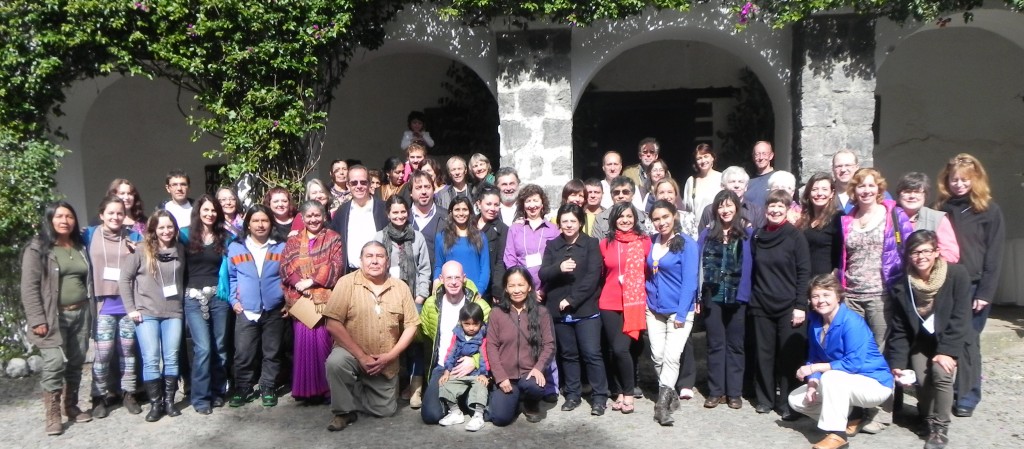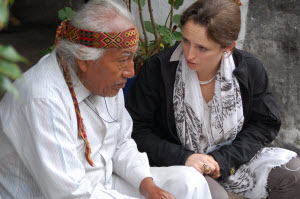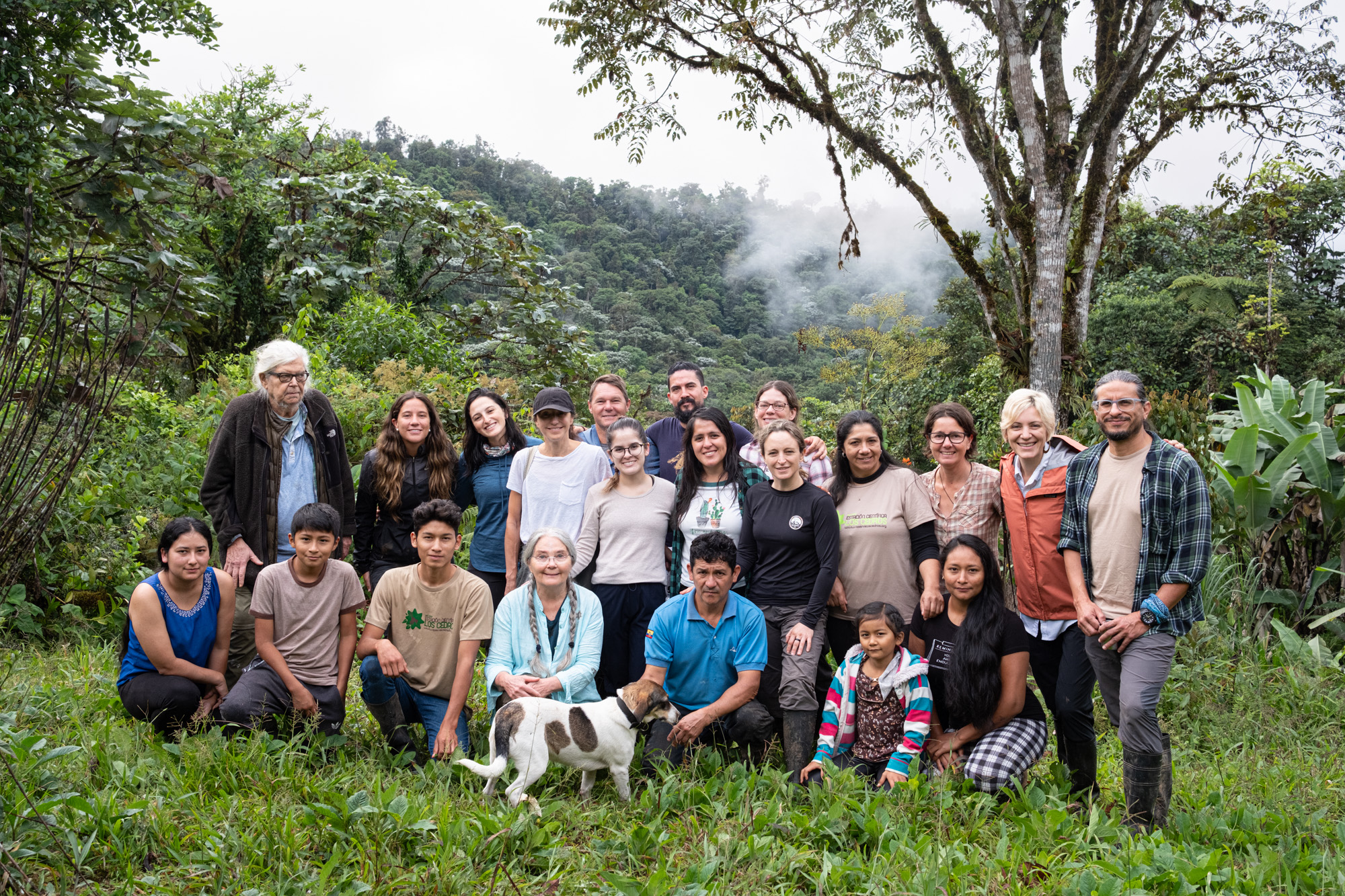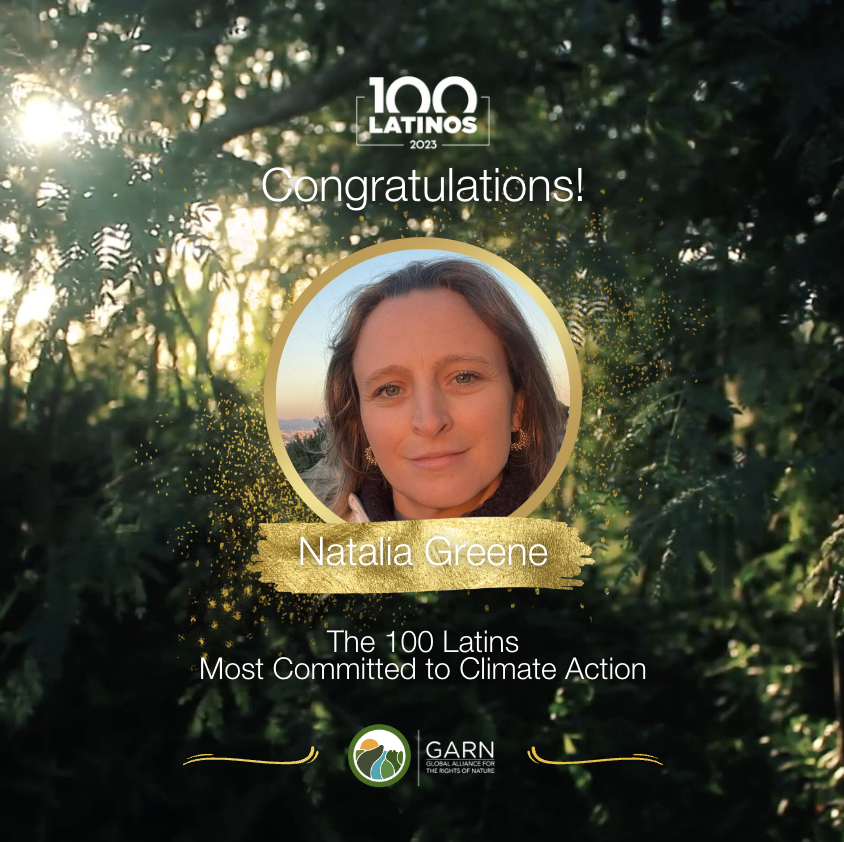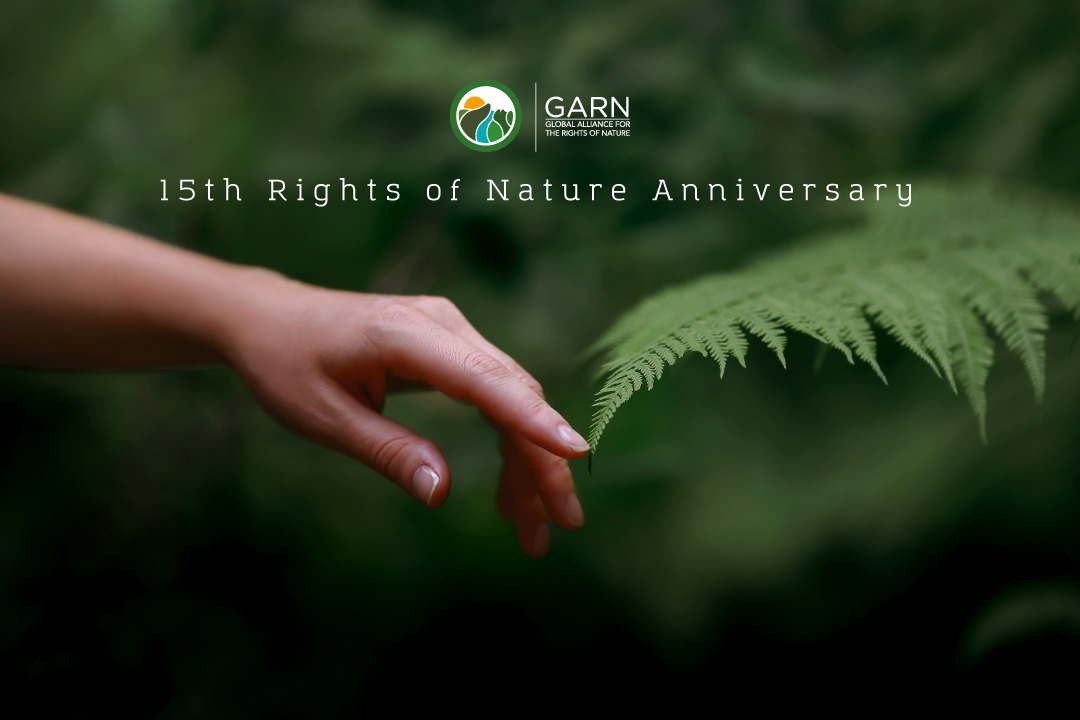The Convening
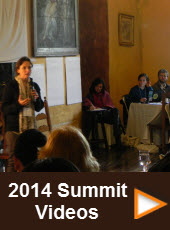 The overarching objective of the Global Rights of Nature 2014 Conference is to build and expand the global Rights of Nature movement through defining a formulated global strategy. On every level the 2014 Global Rights of Nature conference and its related gatherings was a resounding success. We leveraged our time and resources extremely well – packing a month or more of quality time into one short week. For videos of the Summit, visit 2014 Global Rights of Nature Summit. For videos of the Ethics Tribunal, visit Rights of Nature Ethics Tribunal.
The overarching objective of the Global Rights of Nature 2014 Conference is to build and expand the global Rights of Nature movement through defining a formulated global strategy. On every level the 2014 Global Rights of Nature conference and its related gatherings was a resounding success. We leveraged our time and resources extremely well – packing a month or more of quality time into one short week. For videos of the Summit, visit 2014 Global Rights of Nature Summit. For videos of the Ethics Tribunal, visit Rights of Nature Ethics Tribunal.
During the Summit we examined the existing implementation of Rights of Nature legal systems in the United States, Ecuador, Bolivia and New Zealand.
An overarching intent was to identify the fundamental principles of a governance system based on the Rights of Nature, and define a framework for action to expand the global implementation and integration of Rights of Nature. Through the varied experience and leadership of engaged principals, the Summit examined how Rights of Nature intersects with other social movements and global issues. Interactive dialogue broadened the group understanding of how Rights of Nature relates to human rights, indigenous rights, energy (especially hydrofracking) and mineral extraction, water, food, seeds and sustainable agriculture, economics, climate change, and other social justice movements. Through the Rights of Ethics Tribunal, which followed the Summit, Summit participants and local civil society were afforded the opportunity to examine the distinctions of Rights of Nature as an earth jurisprudence framework compared to modern industrialized jurisprudence which treats nature and natural systems as property. Subsequent hearings of nine pivotal cases will issues decisions and proposed restorative actions.
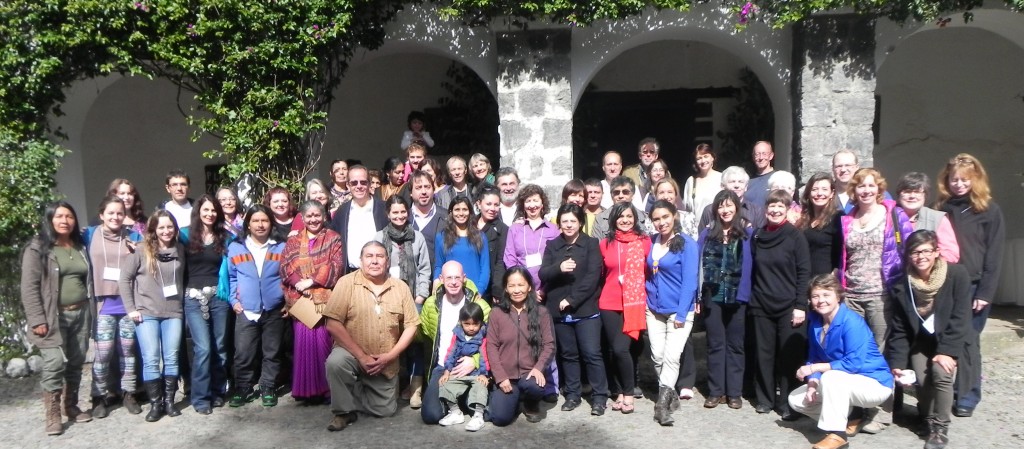
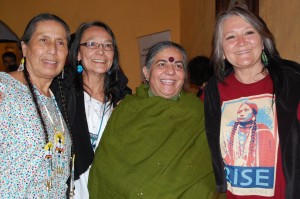 Most importantly strategic global alliances were forged, affirmed, and deepened. The gathering nurtured peer-to-peer relationships which foster understanding across the diversity of cultures, philosophies, disciplines, and life experiences to make such alliances possible. The Summit provided a venue for Indigenous Peoples of the North and the South to convene on cross-cultural implications of integrating traditional earth honoring wisdom into modern legal systems, the implications of legal constructs unique to Indigenous nations, and stands various indigenous nations are taking in the face of common challenges. The clarity and passion of Ecuadorian leaders from the Andes and the Amazon, especially women, in their stand for Rights of Nature as a vehicle to protect fragile ecosystems was especially palpable. Participants from all backgrounds were emboldened by the global solidarity as pioneers in support of the recognition of Rights of Nature.
Most importantly strategic global alliances were forged, affirmed, and deepened. The gathering nurtured peer-to-peer relationships which foster understanding across the diversity of cultures, philosophies, disciplines, and life experiences to make such alliances possible. The Summit provided a venue for Indigenous Peoples of the North and the South to convene on cross-cultural implications of integrating traditional earth honoring wisdom into modern legal systems, the implications of legal constructs unique to Indigenous nations, and stands various indigenous nations are taking in the face of common challenges. The clarity and passion of Ecuadorian leaders from the Andes and the Amazon, especially women, in their stand for Rights of Nature as a vehicle to protect fragile ecosystems was especially palpable. Participants from all backgrounds were emboldened by the global solidarity as pioneers in support of the recognition of Rights of Nature.
Our intention and expectation is that years down the road, we can look back on this Summit and its related gatherings as a galvanizing convergence for the Rights of Nature movement and transformation of society’s relationship with our larger Earth Community.
To that end, the Summit defined and initiated specific actions: 1) a permanent Rights of Nature Ethics Tribunal, 2) a Earth Rights Days of Action in October 2014 and 3) a Rights of Nature Economics Working Group.
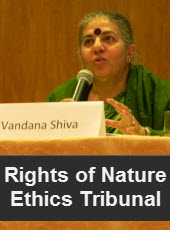
1) Rights of Nature Ethics Tribunal
The Ethics Tribunal provides a framework for educating civil society and governments on the fundamental tenets of Rights of Nature. Furthermore, the Tribunal serves as a mechanism for legal experts to examine constructs needed to more fully integrate Rights of Nature. The Ethics Tribunal is intended to reframe prominent environmental and social justice cases and adjudicate the cases within the context of a Rights of Nature based earth jurisprudence. While the Ethics Tribunal does not have specific legal authority for enforcement, the adjudication process provides a platform for informed legal analysis of diverse cases based on Rights of Nature. The Ecuadorian Constitution is to provide the legal basis for the review of Ecuadorian cases and the Universal Declaration for the Rights of Mother Earth for international cases.
For videos and presentations from the inaugural tribunal in Quito, visit Rights of Nature Ethics Tribunal.
2) Earth Rights Days of Action: October 2 -16, 2014
The proposed worldwide Earth Rights Days of Action is to begin on October 2, which is Mahatma Gandhi’s birthday, and close on October 16, which is World Food Day. The intention is to intersect with other global initiatives such as the Seed Freedom and Food Democracy Movement, Rights of Nature Ethics Tribunal, Blue October (international month of action to protect water), and other earth honoring focuses. Ideas which are percolating include designating October 12 (Columbus/Indigenous Peoples’ Day) as Rights of Mother Earth Convergence Day with the theme “Give Mother a Rest” (unplug, don’t drive, etc.), a day on behalf of the rights of seeds that includes local gardening, a day on behalf of rights of waterways that includes habitat restoration and conservation, etc.
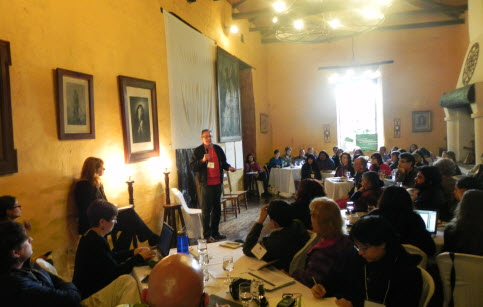
3) Economics Working Group
Recognizing that the earth’s diversity of life is being destroyed and the biogeochemical systems that support it are being destabilized by the current economic system, an economics working group was organized at the Summit. The focus of the group is to assist Rights of Nature advocates in understanding and critiquing the dominant economic system and work towards creating and promoting alternative economic systems that support the Earth community and Rights of Nature. The Rights of Nature and Economics of the Biosphere Symposium hosted by Global Exchange and including member organizations in the Fall 2013 provided important input to the Summit and the organizing working group.
Adjunct Convenings Spawned by the Conference
Recognizing the unique value of having assembled dozens of distinguished leaders and experts in Ecuador, the Alliance facilitated the organization of notable events before, after and during the Conference.
1) In advance of the Summit, a dozen members of the Global Alliance Steering Committee met for a full day strategy session focusing on the operations and strategy of the Alliance itself.
2) On the evening Summit participants returned to Quito for the Tribunal, the Alliance facilitated a strategic gathering of Ecuadorian and international attorneys to examine specific legal questions and implementation considerations related to Rights of Nature in Ecuador.
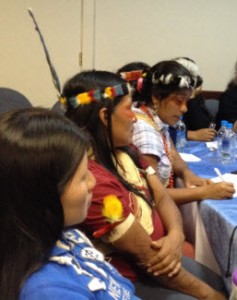 3) In partnerships with Acción Ecológica, a gathering of indigenous women leaders met with Dr. Vandana Shiva, Osprey Orielle Lake, and other women leaders. A plurinational collective of women from the Amazon elaborated on the challenges they face and their bold fight to protect their rainforest home and way of life as natural custodians of the Amazon rainforest. Reaffirming her solidarity, Vandana Shiva inspired and encouraged the women by sharing her own personal stories and those of women from around the world.
3) In partnerships with Acción Ecológica, a gathering of indigenous women leaders met with Dr. Vandana Shiva, Osprey Orielle Lake, and other women leaders. A plurinational collective of women from the Amazon elaborated on the challenges they face and their bold fight to protect their rainforest home and way of life as natural custodians of the Amazon rainforest. Reaffirming her solidarity, Vandana Shiva inspired and encouraged the women by sharing her own personal stories and those of women from around the world.
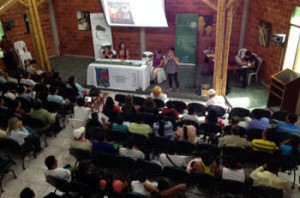 4) At the conclusion of the week, a number of key international and Ecuadorian leaders traveled to the edge of the Amazon rainforest to participate in a 1.5 day Rights of Nature Symposium for local Ecuadorian leaders. While this symposium was organized by CEDENMA and a consortium of Ecuadorian NGOs, our Rights of Nature Summit provided internationally recognized speakers who attracted a standing-room-only crowd of over 200 participants. The symposium addressed how recognizing Rights of Nature and upholding the Ecuadorian Constitution applies to specific environmental threats and social justice issues facing the plurinational peoples of the Andes and the Amazon.
4) At the conclusion of the week, a number of key international and Ecuadorian leaders traveled to the edge of the Amazon rainforest to participate in a 1.5 day Rights of Nature Symposium for local Ecuadorian leaders. While this symposium was organized by CEDENMA and a consortium of Ecuadorian NGOs, our Rights of Nature Summit provided internationally recognized speakers who attracted a standing-room-only crowd of over 200 participants. The symposium addressed how recognizing Rights of Nature and upholding the Ecuadorian Constitution applies to specific environmental threats and social justice issues facing the plurinational peoples of the Andes and the Amazon.
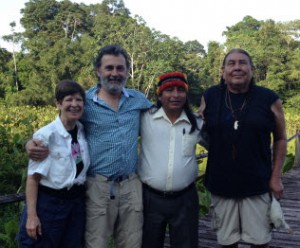
5) From this Symposium, an adventurous international group of 18 people led by Global Alliance leaders Cormac Cullinan, Tom Goldtooth
and Robin Milam, in partnership with Pachamama Journeys, traveled into the Ecuadorian Amazon rainforest to visit indigenous communities and share a unique rainforest immersion experience. The journey was designed to continue the Rights of Nature dialogue and expand alliances with indigenous colleagues in the rainforest.
For reference materials compiled in conjunction with the Summit, Rights of Nature Conference Articles visit
For videos of the Summit visit 2014 Rights of Nature Conference
